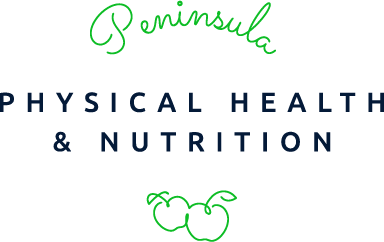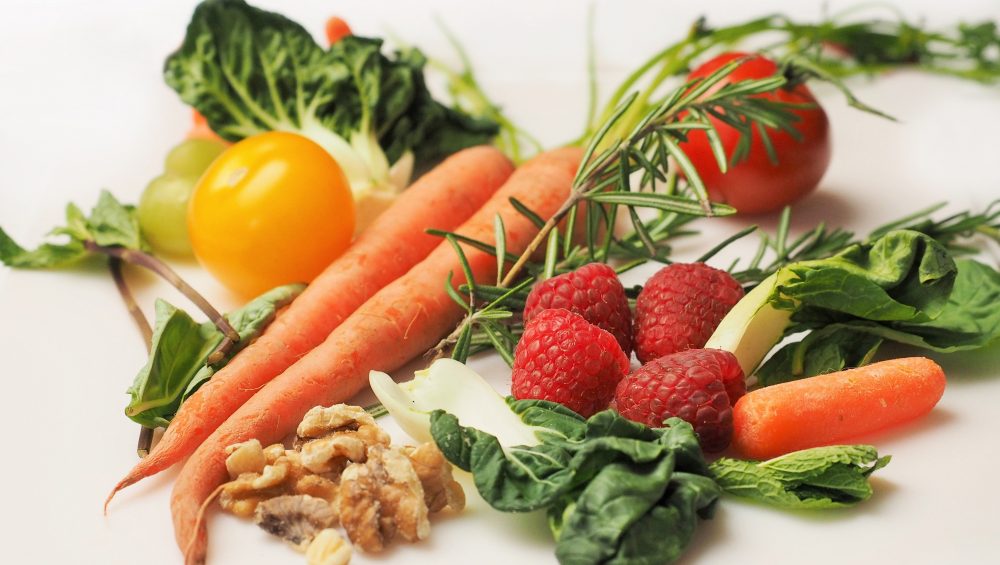Nutrient absorption… How does it work?
Our bodies require a range of nutrients for proper growth and development, some in large quantities and others in only small amounts. However, not all nutrients react within our body in the same way, or are absorbed to the same extent. In fact, different nutrients can be quite unique in the way our body processes them.
Nutrients in the form of supplements are absorbed differently to the nutrients found naturally in food. Some nutrients interact with one another, interfering with or enhancing their ability to be absorbed by the body. Food products can also be fortified with particular nutrients during production to enhance nutrient content. Other factors such as stress and alcohol consumption can also have an impact on our absorption. We can use some of this knowledge to our advantage to make the most of our meals by pairing certain foods together, or avoiding foods which may inhibit absorption of a particular meal. Here are a few examples:
Iron
Iron absorption is improved by the presence of ascorbic acid, more commonly known as Vitamin C. However, iron absorption is inhibited by calcium, when consumed simultaneously. Tannins and phytates are also inhibitors of iron absorption, so be sure to reduce the intake of tea and coffee around the time of consuming an iron-rich meal, particularly from a plant-based iron source. To boost your iron absorption, pair iron-rich meat and legumes with Vitamin C containing foods such as capsicum, oranges, broccoli and chilli.
Calcium
Calcium is absorbed primarily in the small intestine. When large amounts are consumed, calcium can pass through the lining of the small intestine on its own; however, when consumed in small amounts, calcium’s absorption is improved with the presence of Vitamin D. Vitamin D is mostly absorbed by sun exposure to the skin; however, the vitamin can also be found in some seafood such as salmon and tuna, eggs and fortified dairy products such as soy milk.
Fat soluble vitamins
Vitamins A, D, E and K are ‘fat-soluble’ vitamins, which means they need fats to be absorbed efficiently. Regularly include a source of healthy unsaturated fat into your meals, including oily fish, avocado, olive or olive oils, nuts and seeds. This can be done by using olive oil-based dressings, topping your salads or toast with avocado and seeds, or snacking on nuts.
If you experience changes in your energy levels, bowel habits, skin integrity or hair and nails, check in with your GP to find out if you have any nutrient deficiencies. Our accredited practising dietitians can also assist you in achieving a well balanced diet and reduce your risk of nutritional deficiencies.
References:
-
Gibson RS, Peras L, Hotz C. Improving the Bioavailability of Nutrients in Plant Foods at the Household Level. The Proceedings of the Nutrition Society. 2006 May;65(2):160-8.
-
Pressman P, Clements RA, Hayes AW. Bioavailability of micronutrients obtained from supplements and food. Toxicology Research and Application. 2017; 1:1-7.
-
Hallberg L, et al. The role of Vitamin C in Iron Absorption. International Journal for Vitamin and Nutrition Research. 1989; 30:103-8.
-
Zijp IM, et al. Effect of tea and other dietary factors on iron absorption. Critical Reviews in Food Science and Nutrition. 2000 Sep;40(5):371-98.
-
Lynch SR, Cook JD. Interaction of Vitamin C and Iron. Annals of the New York Academy of Sciences. 1980;355: 32-44.
-
Loonerdal B. Calcium and iron absorption—mechanisms and public health relevance. International Journal for Vitamin and Nutrition Research. 2010 Oct;80(4-5):293-9.
-
Food and Agriculture Organization of the United Nations (FAO) & World Health Organization (WHO) (2010). Fats and Fatty Acids in Human Nutrition. Report of an expert consultation. FAO Food and Nutrition Paper. 2010;91:1-166.
-
Recommended Dietary Allowances: 10th Fat Soluble Vitamins. 1989; pp. 78-97.





